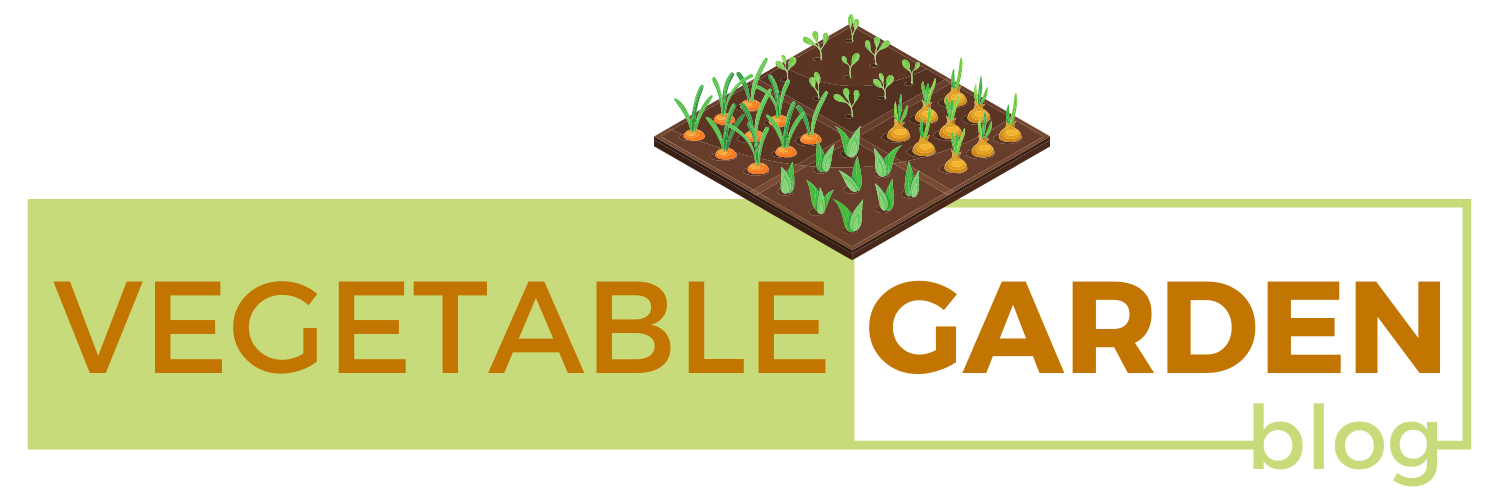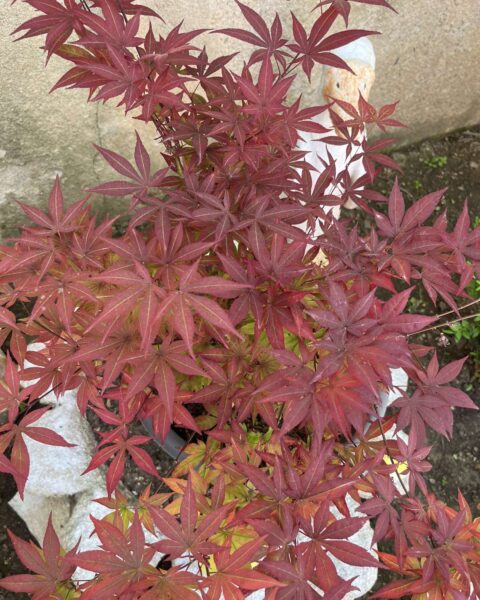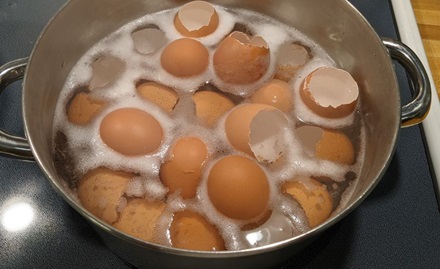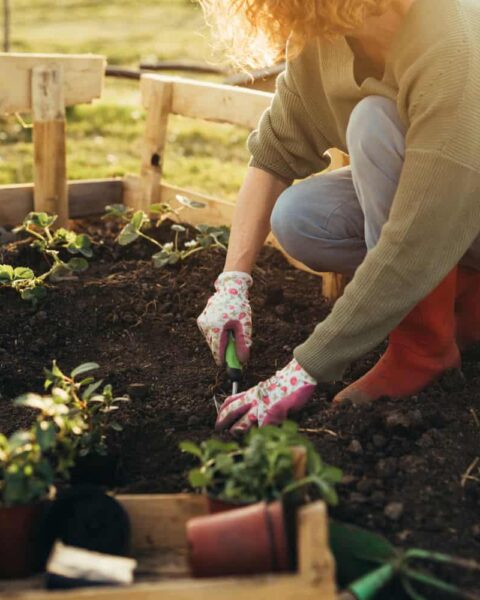Composting is like nature’s recycling program, turning kitchen scraps, yard waste, and other organic materials into nutrient-rich soil conditioner. Not only does composting reduce waste going to landfills, but it also enriches your garden soil, reduces the need for chemical fertilizers, and promotes healthy plant growth. If you’re new to composting, fear not! Here’s a step-by-step guide to help you get started on your composting journey.
Step 1: Choose a Composting Method
Before you start collecting materials, decide on the composting method that suits your space, time, and needs:
- Pile or Heap Composting: The simplest method, suitable for large yards or open spaces. Just pile up organic materials in a designated spot.
- Bin Composting: Ideal for smaller spaces or urban environments. Use a compost bin or build one from materials like wood pallets or chicken wire.
- Tumbler Composting: Offers faster decomposition and requires less effort. Organic materials are added to a drum or container that can be turned regularly.
Step 2: Collect Composting Materials
Gather organic materials suitable for composting. These include:
- Greens: Nitrogen-rich materials such as fruit and vegetable scraps, grass clippings, coffee grounds, and fresh plant trimmings.
- Browns: Carbon-rich materials like dry leaves, straw, shredded paper, cardboard, and wood chips.
- Optional Additions: Eggshells, tea bags, and coffee filters can also be added to the compost pile.
Step 3: Layer and Mix Materials
For optimal composting, aim for a balanced ratio of greens to browns, roughly 1:2. Layer the materials in your compost pile or bin, alternating between greens and browns. Keep the pile moist, like a wrung-out sponge, but not waterlogged. Regularly turn or mix the compost to aerate it and promote decomposition.
Step 4: Monitor and Maintain
Check your compost regularly for moisture and temperature levels. It should feel damp, but not soggy, and have a temperature between 90°F to 140°F (32°C to 60°C) for efficient decomposition. If the pile is too dry, add water; if too wet, add more dry materials. Turning the compost every week or two will help speed up the process and ensure even decomposition.
Step 5: Harvest Your Compost
Depending on the composting method and environmental conditions, your compost should be ready in 2 to 12 months. When the compost is dark, crumbly, and earthy-smelling, it’s ready to use. Remove any larger, undecomposed materials and use the finished compost to amend garden soil, topdress lawns, or nourish potted plants.
Tips for Success:
- Avoid adding meat, dairy, or oily foods to your compost pile, as they can attract pests and slow down decomposition.
- Chop or shred larger materials into smaller pieces to speed up decomposition.
- Keep your compost pile covered to retain moisture and heat, especially during rainy or cold weather.
- If your compost pile smells bad, it may be too wet or have an imbalance of greens and browns. Adjust accordingly.
Composting is a rewarding and environmentally friendly way to reduce waste and improve your garden’s health. With a little time and effort, you can transform kitchen scraps and yard waste into nutrient-rich soil amendment that will nourish your plants for years to come. Start composting today and reap the benefits of nature’s recycling program!





